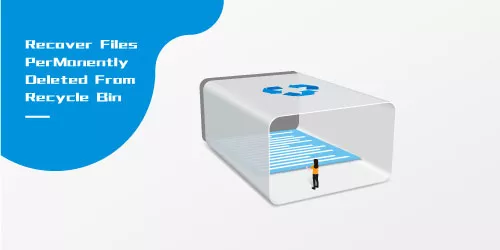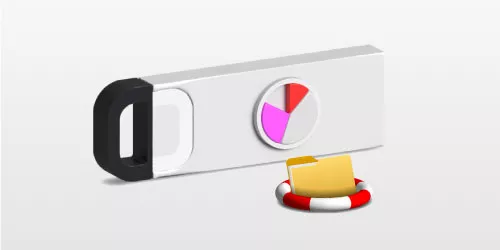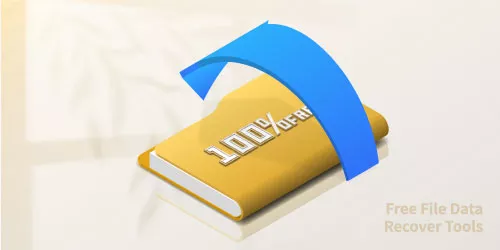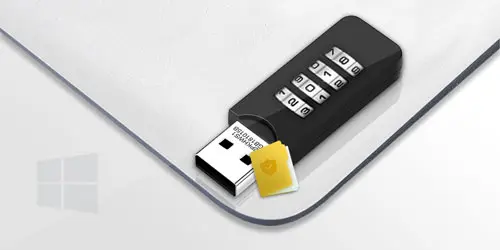Cope with RAW USB Drive & Data Recovery
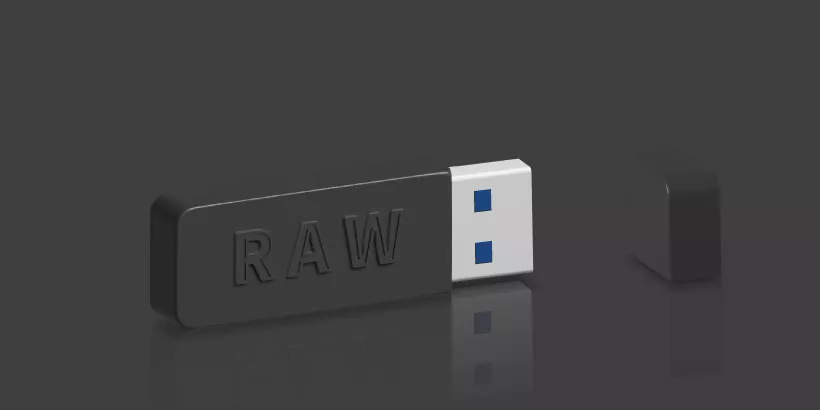
As a widely used data storage device, USB drive will have different problems due to various reasons, including turning into RAW format, inaccessible, prompting to format, accidental deletion and etc. Encountering this scenario, users won't be accessible to the device and even risk losing data.
RAW format, however, can be addressed perfectly if you take proper measures. I will now introduce to you how to cope with RAW USB drive and securely retrieve data from it.
Part 1: What is RAW USB drive?
First of all, you should have a knowledge of RAW USB drive: when you connect USB drive to computer, none of files are displayed in the USB drive and you are given an error prompt. At this time, all the files' format has become RAW in this external device. For example, double-clicking the USB drive in File Explorer will prompt it's not formatted, and the system will ask you whether to format it. If you open Disk Management, the file's system format is no longer NTFS, exFAT or FAT32 but RAW.
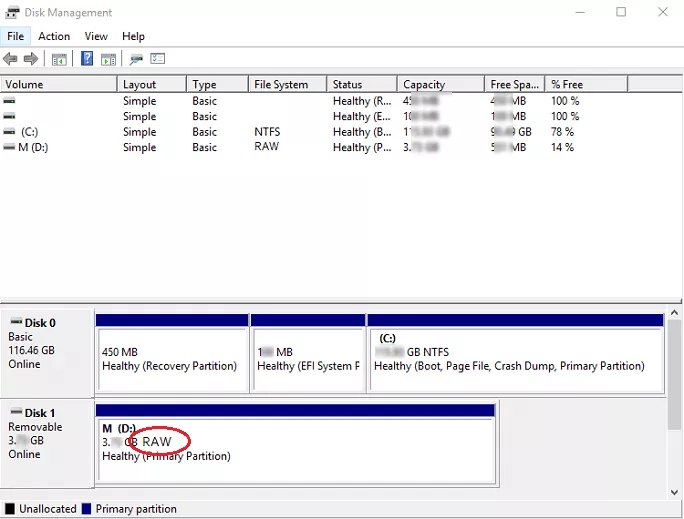
Part 2: Why does USB drive turn into RAW format?
Lots of causes can result in RAW format, here are a few of more common reasons:
- 1. Pull out the USB drive directly without clicking "Eject device safely".
- 2. Read and write operations aren't completed, resulting in damage to the file system or information confusion. For example, suddenly shut down or restart computer when the USB drive is reading and writing normally.
- 3. The power supply of computer's USB port is unstable, leading to I/O error.
- 4. Virus or malware damages the data stored in USB drive.
- 5. Bad sectors are formed in USB drive.
Part 3: How to cope with RAW USB drive & Data recovery?
Is it necessary to format USB drive first if it turns into RAW format? It isn't. Actually, we will lose all files stored in USB drive once we format the device. Instead, attempting to recover files from USB drive is the first step, and then format it.
Solution 1: Reboot computer and reconnect USB drive
Generally, reboot can solve most problems. Sometimes RAW format is linked to the connection or contact between computer and USB drive. You just need to pull the device out, reboot computer, and then plug the drive into computer again, and the USB drive may back to normal state.
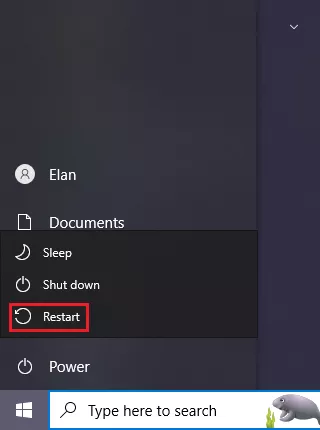
Solution 2: Use CMD prompt
CHKDSK (Check Disk) is an essential tool for monitoring the disk is healthy or not. If CHKDSK scans for any system malfunction, it will fix them and save the data in case of losing.
Step 1: Type cmd into search box in the taskbar, select Run as Administrator from the result.
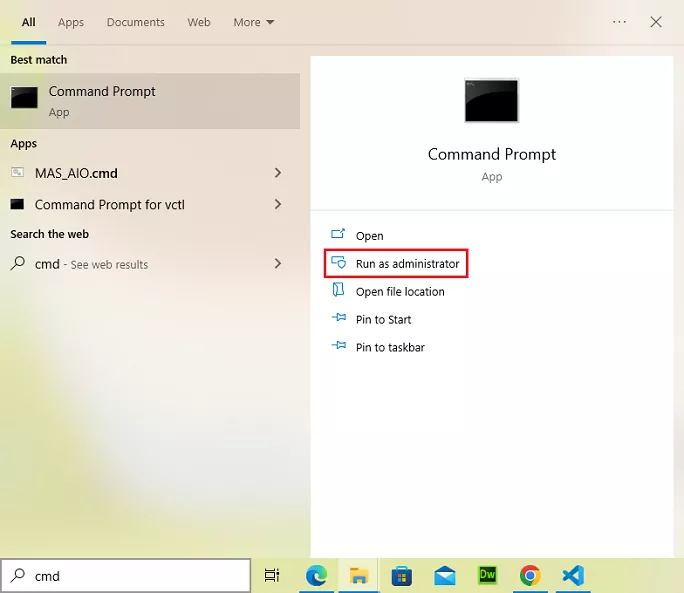
Step 2: Type chkdsk F: /f in the prompt panel, then hit Enter. (Note: "F" is my USB Drive letter, you should replace it with yours.)
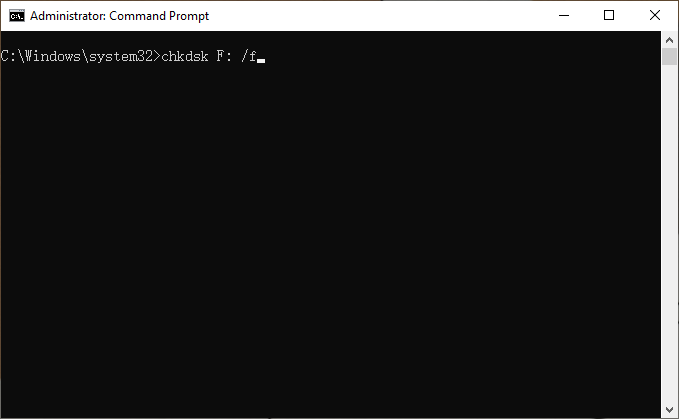
Step 3: CHKDSK will detect errors automatically and fix them. Furthermore, system will return you a report.
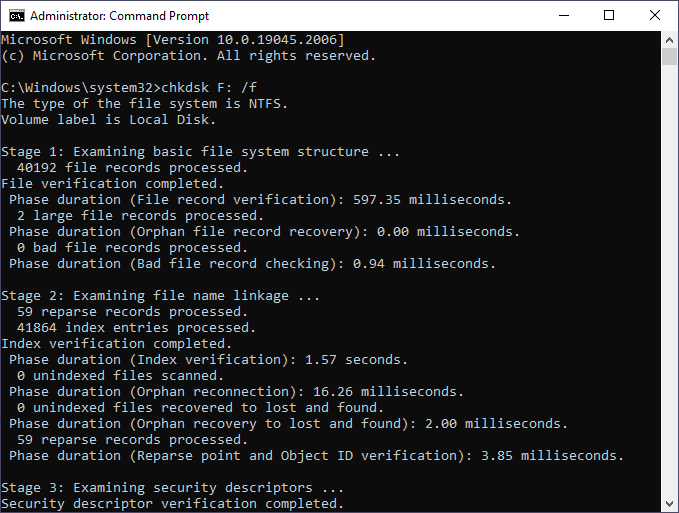
Solution 3: Use data recovery software
If methods above don't work and you are worried about losing data, using data recovery software is the best choice for you. I recommend to you BitGenius. As a professional software, BitGenius is highly praised for its high data recovery rate.
Step 1: Download and install BitGenius, then launch it.

Step 2: Software will detect all existed disks automatically. Choose your RAW USB drive and click Start button to continue.
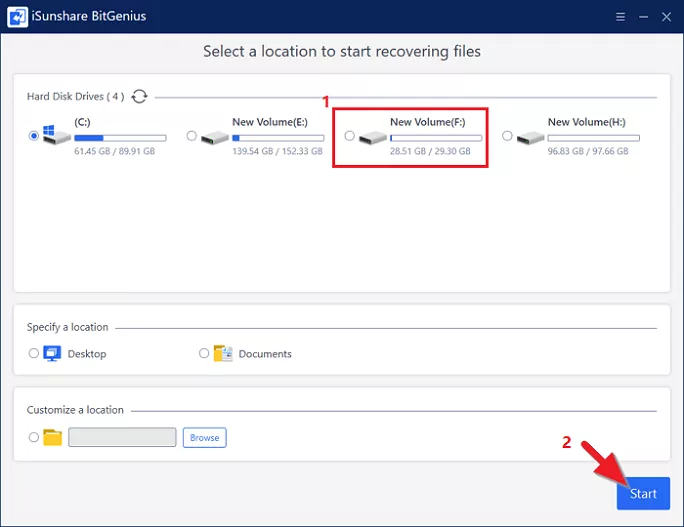
Step 3: When you see “Scan finished”, navigate to the files that you need to recover and tick them. After that, click Recover button.
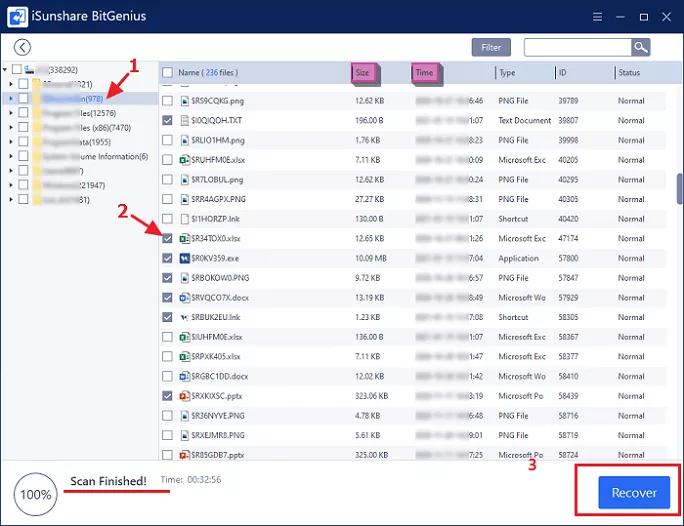
Step 4: In the popped-up window, set a destination to store your files. It should be noted that the location could not be the RAW USB drive.
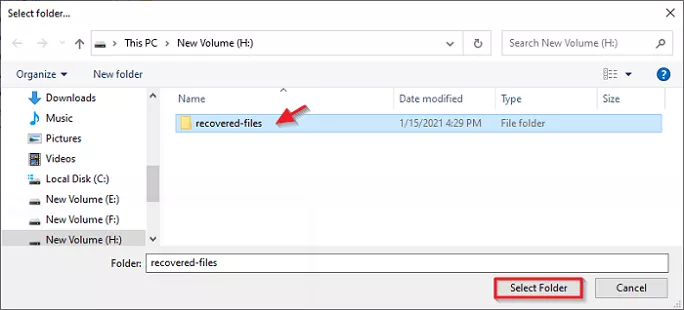
Step 5: Once files are recovered, a Tip box will appear to remind you and you can click Yes button to check the restored content instantly or not.
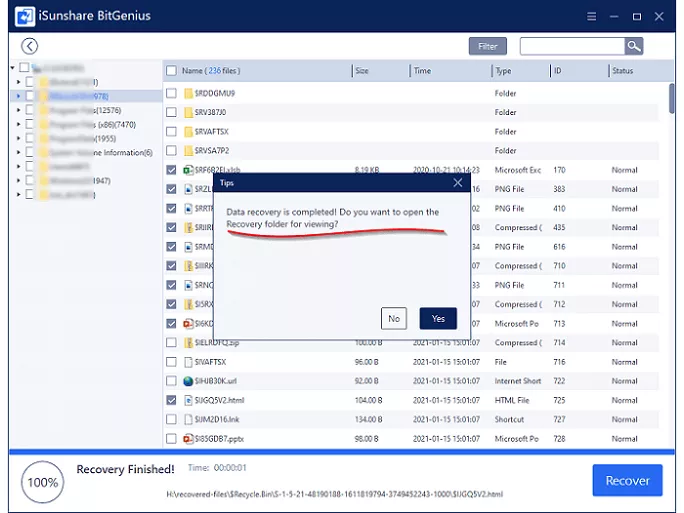
Solution 4: Use Disk Management to format USB drive
With BitGenius, you can easily retrieve files, and now you can format USB device.
Step 1: Right-click on My PC, select Manage.
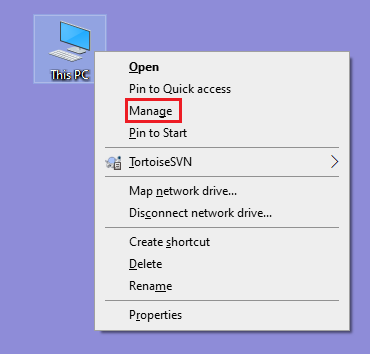
Step 2: In the new window, click Disk Management from the list.

Step 3: Among drives, choose the RAW USB drive and right-click on it. Select Format, then select the required file system (NTFS, FAT, exFAT, or FAT32) and click OK.
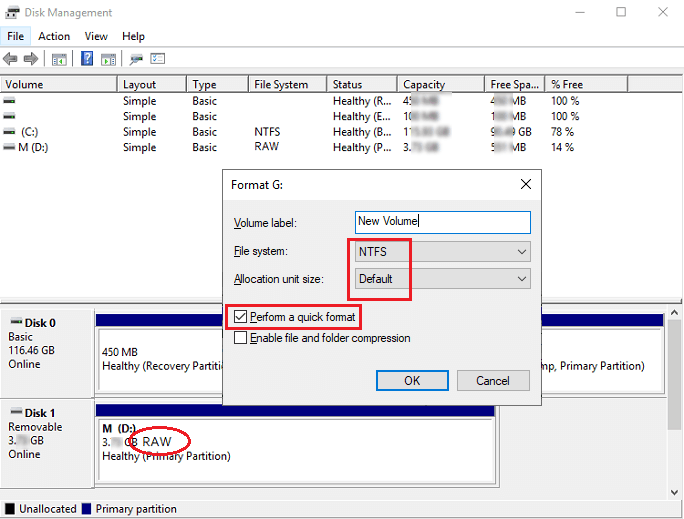
After formatting, safely eject the USB flash drive from the computer and reconnect it.


